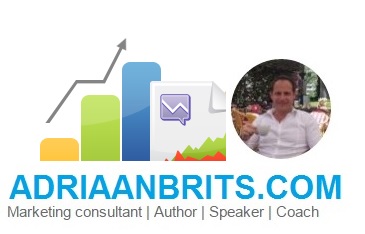Compare and contrast the different media types below and their relative uses in direct communications (basically advantages and disadvantages)
Telemarketing
+ enables conversation for further information finding
+ easy to adapt message and persuade
+ assists in data collection and enhances lead generation
+ can be personalised and help relationship building
+ complete the sales funnel
- Perception of nuisance calls
- Low response rates – more likely in b2c, b2b higher rates
- Very high cost
- Quality control issue, potential for brand damage
Useful for – b2b – lead generation, existing customer cross sell and up sell.
B2c – telecoms firms, internet providers, financial services all use telemarketing
+ can be highly cost effective – low cost but not free
+ 24 hour send and open options – convenience for targets and repository of information
+ digitally trackable
+ potential to reach large targeted audience as well as 1 to 1 or small groups
+ easy to integrate with other media , can be highly interactive
+ easy to test A/B splits –
+ease of response for consumer
– easy to ignore , increasingly low response rates – b2c
– perception of junk mail
– issues with reaching audience – filters etc – esp in b2b
Good for – ecommerce- increase sales – raise awareness of promotion and drive traffic to sites, raise awareness of new products and offers, used for signing up -first level engagement, good for standardised product sales, less suitable for complex products and high trust
Mobile
+ geo-racking potentially highly useful for location based promotions b2c
+ immediate response possible
+ complements augmented reality, QR codes and other interactive technologies – good starting portal , app development opens further possibilities
+ direct access to target audience ‘never off’ lifestyle – b2c, and b2b decision makers
-compatibility issues – can alienate customers, platform integration
-greatly differing levels of usage and commercialisation globally.
– quick outdating of database information owing to handset changing etc
– distrust of mobile format- ‘intrusive’ plus security issues
Good for- b2c, extensive usage by fast food brands, feeds to keep up to date with favourite brands or subjects, time based geo specific offers, mobile apps to facilitate purchase – e.g.train tickets, less good for high trust – but customer ‘trust’ level and previous experience impacts
Direct mail
+ large reach using postcode based lists combined with other segmentation variables
+creative possibilities high – actual product samples,
+ relevant way to reach certain key targets – non internet enabled
+ attractiveness of ‘having something to open’ – novel
-green- environmental issues and perceptions
– database dependent – quality will impact response rate
-not immediate receiving or the response rate
Good for – complementary information sending, cross selling and up selling, emphasis on maintaining relationships , poor for who opens mail – appropriateness?
Social media
Twitter+ good portal to direct consumers from, potential potential high spread, dialogue rich, sharing , immediate, new product releases,
- Currently limited audience – though they might be your audience, immediacy could be negative – lack of control
- Ugc – both positive and negative
Good for raising and maintaining brand awareness, yet to be proved for direct sales.
Linkedin + highly targeted, good for b2b, good for non-profits and corporate engagement with cause, good for professional service firms, identifying decision makers etc
- Less b2c based, not good for all consumer markets, still narrow, limited to group communications unless connected to individuals
Facebook + highly targetable via profiles, and layered consumer data, behavioural targeting,
- Questionable over lead to direct sales, lower levels of engagement than expected.
- +but may have some influence in certain areas, e.g. high street fashion, music downloads, brand/band/can act as new intermediary – trusted source…..
